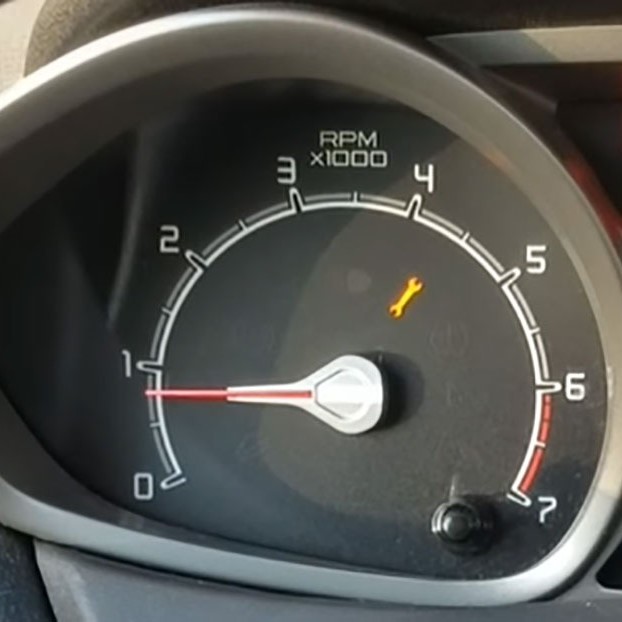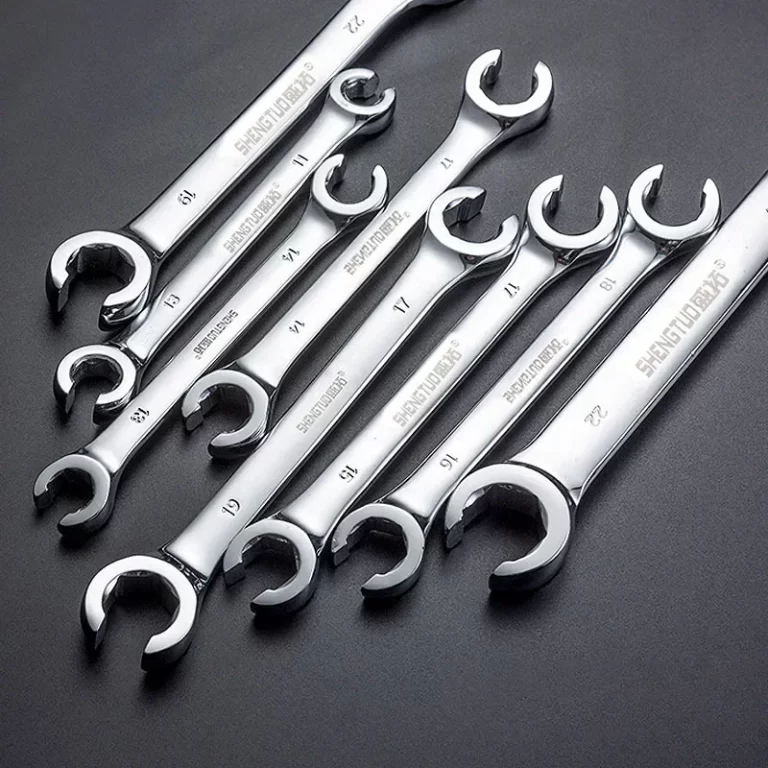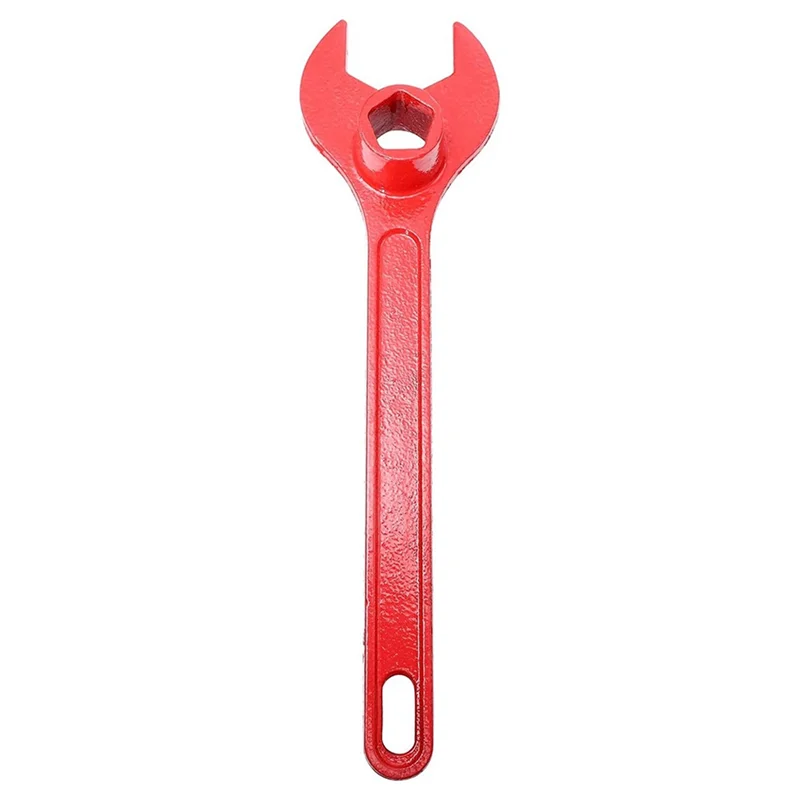
Fire Hydrant Wrench Basics Every First Responder Should Know
A fire hydrant wrench is a critical tool used by firefighters, utility workers, and emergency responders to access water during emergencies. This specialized wrench allows users to open and close fire hydrants quickly and safely. Without it, accessing pressurized water would be nearly impossible in urgent situations. The design of a fire hydrant wrench matches the unique pentagon-shaped nut on most hydrants. As a result, only authorized personnel with the correct tool can operate them. This prevents tampering and ensures public safety. Moreover, the durability and strength of the wrench are vital under high-pressure conditions. Most models are built from forged steel or aluminum alloys. These materials resist corrosion and withstand heavy use.
Transitioning between tasks becomes easier when you have reliable equipment. Whether fighting fires or conducting hydrant maintenance, this tool plays a central role. Knowing how to choose, use, and maintain a fire hydrant wrench improves efficiency. Therefore, understanding its function helps both professionals and communities prepare for emergencies. Ultimately, every second counts, and a fire hydrant wrench can make all the difference.
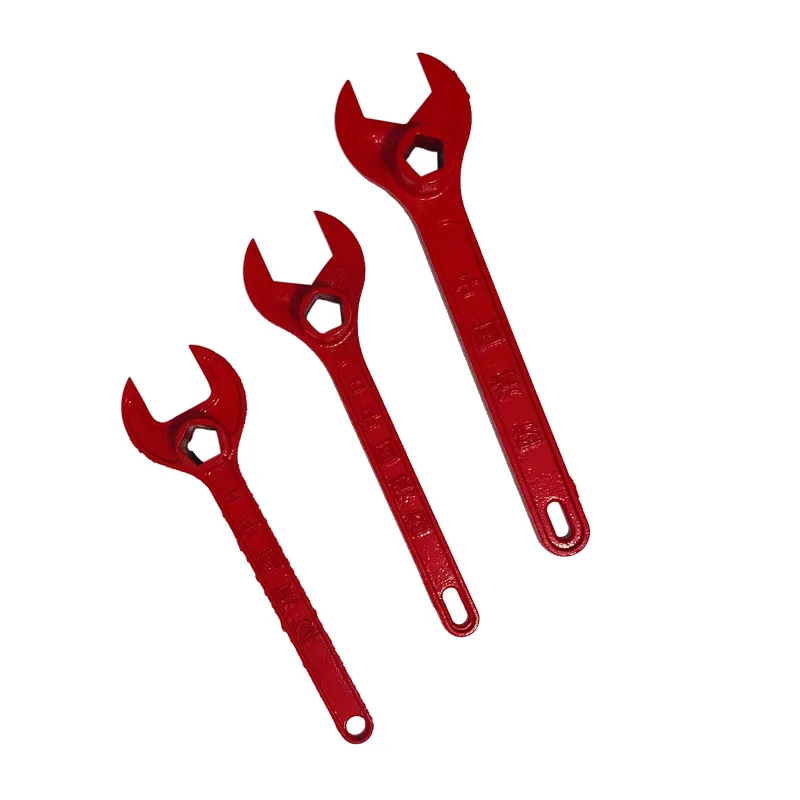 What is a Fire Hydrant Wrench?
What is a Fire Hydrant Wrench?
Definition and Purpose
A fire hydrant wrench is a tool designed for opening and closing fire hydrants. It is an essential tool for firefighters, utility workers, and maintenance personnel. The fire hydrant wrench serves the purpose of safely operating hydrants to control water flow. Its design allows users to handle high-torque requirements with ease. These wrenches are also used to remove caps or perform repairs on hydrants.
Components of a Fire Hydrant Wrench
Fire hydrant wrenches are made up of several key components:
- Handle: Provides leverage to turn hydrant valves or nuts.
- Socket or Head: Fits the specific size and shape of hydrant nuts.
- Adjustable Elements (if applicable): Allows for flexible use with different hydrant models.
- Materials: Commonly built with steel or durable alloys to withstand heavy use.
Each component ensures the wrench is both functional and reliable in demanding conditions.
Types of Wrenches
Fire hydrant wrenches come in various types to suit different needs and hydrant designs. Choosing the right type is essential for effective operation and safety.
Adjustable vs. Fixed Wrenches
Adjustable wrenches are versatile tools that can fit multiple hydrant nut sizes. These wrenches have movable parts, allowing users to adjust the socket size as needed. They are ideal for situations where hydrant designs vary frequently. However, adjustable designs may require regular maintenance to ensure smooth operation.
Fixed wrenches come with a set size, specifically designed for one hydrant model or size. These wrenches are simpler, sturdy, and require less maintenance. They are perfect for consistent use on hydrants with standard specifications. Fixed wrenches often provide more stability and ease of use due to their solid design.
Specialized Wrenches for Different Hydrant Models
Some wrenches are tailored for specific hydrant models or unique applications. These specialized wrenches feature custom socket shapes, longer handles, or unique materials. For example, some hydrants may have pentagon-shaped nuts requiring a matching wrench shape. Specialized designs ensure compatibility and reduce damage to hydrants.
Firefighters and utility workers often need these customized tools for quick and efficient operations. Their designs improve grip and leverage on unique hydrant configurations. Selecting specialized wrenches ensures proper function and prevents delays during critical tasks.
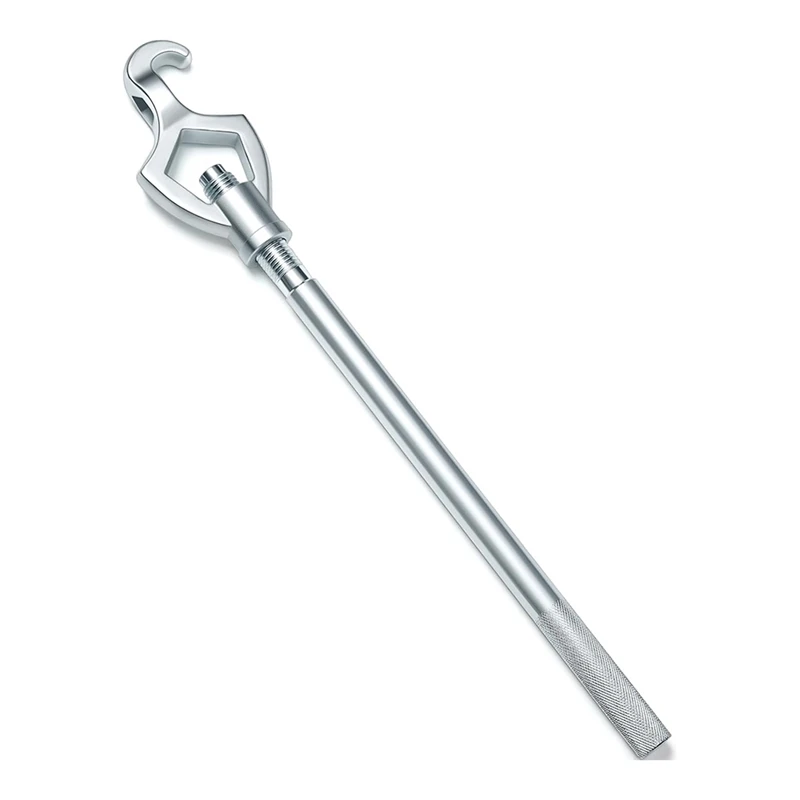 How to Use a Wrench Properly
How to Use a Wrench Properly
Using a fire hydrant wrench correctly ensures safety and efficiency during operations. This section details step-by-step instructions and important safety tips for proper usage.
Step-by-Step Instructions
- Inspect the Fire Hydrant Wrench: Check for damages or wear before use. Ensure the wrench fits securely.
- Position the Wrench on the Hydrant Nut: Align the wrench socket with the hydrant nut or valve.
- Apply Controlled Pressure: Gradually turn the wrench clockwise or counterclockwise to engage the hydrant mechanism.
- Open or Close the Hydrant: Use steady force to control water flow, avoiding sudden movements.
- Remove and Secure: After operation, remove the wrench and check the hydrant for proper closure.
Following these steps ensures optimal performance and prevents damage to the hydrant.
Safety Tips When Operating Fire Hydrant Wrenches
- Wear Appropriate Gear: Use gloves and safety equipment to avoid injury during operation.
- Apply Force Evenly: Uneven pressure can damage hydrant components or cause the wrench to slip.
- Check Hydrant Condition: Inspect the hydrant for rust or debris before engaging the wrench.
- Avoid Over-Tightening: Excessive force can break the nut or valve, requiring repair.
- Practice First: Familiarize yourself with the wrench and hydrant models before using them in emergencies.
These safety measures ensure effective and secure operation of fire hydrant wrenches in various scenarios.
Common Applications of Wrenches
Fire hydrant wrenches serve varied roles across emergency, maintenance, and industrial settings. Understanding these applications helps ensure proper usage and efficiency.
Emergency and Fire Situations
Fire hydrant wrenches are essential tools for firefighters in emergencies. They open hydrants quickly to access water for firefighting. During fire outbreaks, speed and reliability are crucial. These wrenches allow firefighters to control water flow efficiently while handling hydrant valves under high pressure. Their sturdy design ensures they perform well even in urgent, demanding conditions.
Maintenance and Repairs
Fire hydrant wrenches are used for hydrant maintenance and repairs. Utility workers rely on them to remove hydrant caps or replace damaged parts. They tighten loose nuts and check water valve performance. Regular maintenance ensures hydrants function smoothly during emergencies. The wrench’s materials are strong enough to handle rusted or worn components during inspection.
Municipal and Industrial Use
Municipalities and industries use fire hydrant wrenches for a range of applications. They are vital in water supply services, pipeline operations, and cleaning systems. Municipal workers use them to open hydrants for city cleaning or routine water flow testing. Industrial facilities deploy them for managing specialized hydrants designed for factory processes. Their versatile design supports hydrant models found across urban and industrial environments.
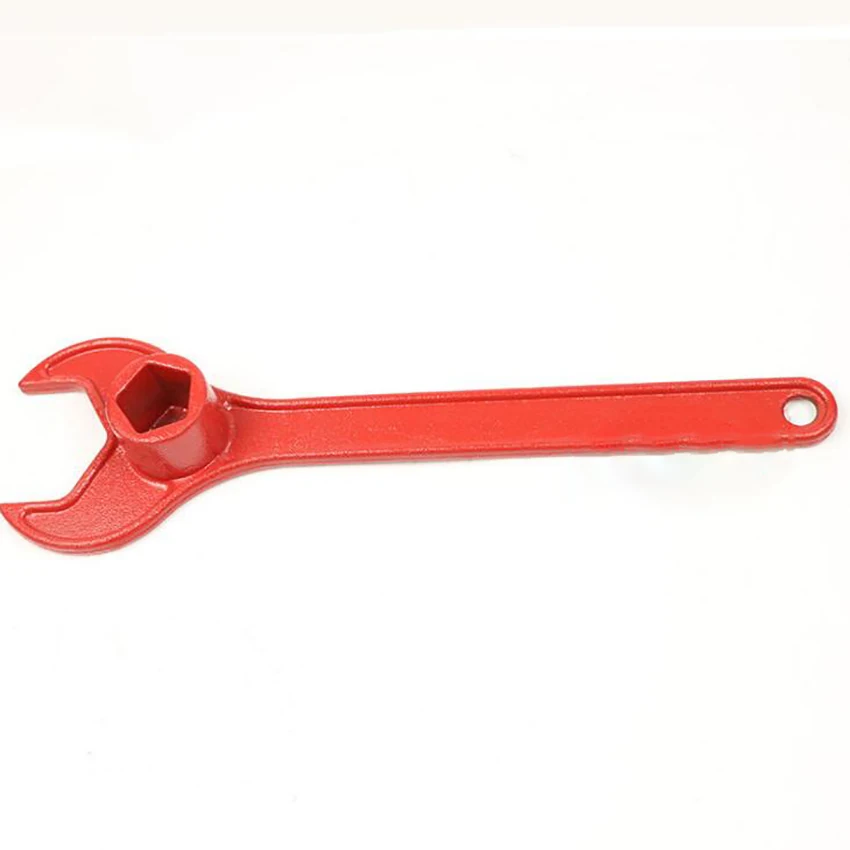 Materials and Durability of Wrenches
Materials and Durability of Wrenches
Common Materials Used
Fire hydrant wrenches are built to withstand tough conditions. They are usually made with strong metals, ensuring durability. Steel and carbon steel are commonly used for their strength and resistance to bending. Some wrenches also use aluminum alloys for a lightweight yet tough design. Chrome plating is often added to provide protection against rust and corrosion. These materials ensure the wrench performs well under repeated use.
Specialized wrenches may use high-grade alloys to handle unique hydrant designs. Industrial-grade materials help them endure extreme temperatures or exposure to chemicals. Reliable materials ensure these tools remain functional in emergencies or regular maintenance tasks.
Ensuring Longevity and Reliability
Proper design and construction play a key role in reliability. Fire hydrant wrenches are designed to handle high torque when opening stiff hydrant valves. Reinforced components prevent wear and tear during usage. Regular inspections ensure the wrench remains in good condition.
Maintaining durability depends on proper care and storage. Cleaning wrenches after each use keeps them free from dirt and rust. Applying a light coat of machine oil protects metal surfaces from corrosion. Avoid exposing wrenches to extreme temperatures when not in use.
By choosing wrenches made from premium materials and ensuring proper care, users can rely on their performance. Durable and well-maintained tools enhance efficiency during emergencies and maintenance tasks.
Choosing the Right Wrench
Selecting the right fire hydrant wrench ensures efficiency, safety, and compatibility during operations. A well-chosen wrench saves time and effort, especially in emergencies or demanding tasks.
Factors to Consider
- Hydrant Compatibility: Match the wrench to the hydrant’s nut size and shape. Some hydrants have unique designs like pentagon-shaped nuts, requiring specialized wrenches. Ensure the wrench fits securely to avoid slippage.
- Adjustable or Fixed Type: Decide between adjustable or fixed wrenches based on hydrant variability. Adjustable wrenches are versatile for different sizes, while fixed wrenches offer durability and stability.
- Material and Build Quality: Opt for wrenches made from durable materials like steel or aluminum alloys. Strong materials resist wear, rust, and high torque. Chrome-plated or rust-resistant finishes add extra protection.
- Handle Length and Grip: Choose a handle length that provides sufficient leverage for easy operation. Handles with non-slip grips enhance control and safety during use.
- Weight and Portability: Lightweight wrenches are easy to carry, especially for frequent movers like firefighters. However, ensure the lighter design does not compromise strength.
- Intended Use: Consider whether the wrench is for emergencies, regular maintenance, or industrial use. Specialized needs may require unique wrench designs.
- Budget and Longevity: Invest in a high-quality wrench for long-term use. Avoid cheaper options that may wear out quickly or underperform during critical tasks.
Recommended Brands and Models
- Hydra-Wrench: Known for robust designs and high compatibility across various hydrants. Their wrenches are reliable for emergency services and municipal operations.
- Pentagon-Head Wrenches by FirePro: Ideal for hydrants with unique pentagon-shaped nuts. These highly specialized wrenches ensure secure fitting and safe operation.
- Adjustable Hydrant Wrenches by Redworks: Perfect for versatile use on multiple hydrant types. They feature ergonomic grips and rust-resistant materials.
- Heavy-Duty Steel Wrenches by TitanTools: Built for industrial and high-torque applications. These wrenches withstand tough environments and extended use.
- Lightweight Aluminum Wrenches by AquaSafe: Designed for portability without sacrificing durability. Ideal for frequent firefighters or utility workers on the move.
Choosing the right fire hydrant wrench involves assessing your needs and the tools’ quality. A good wrench minimizes errors, ensures safety, and enhances efficiency in various applications.
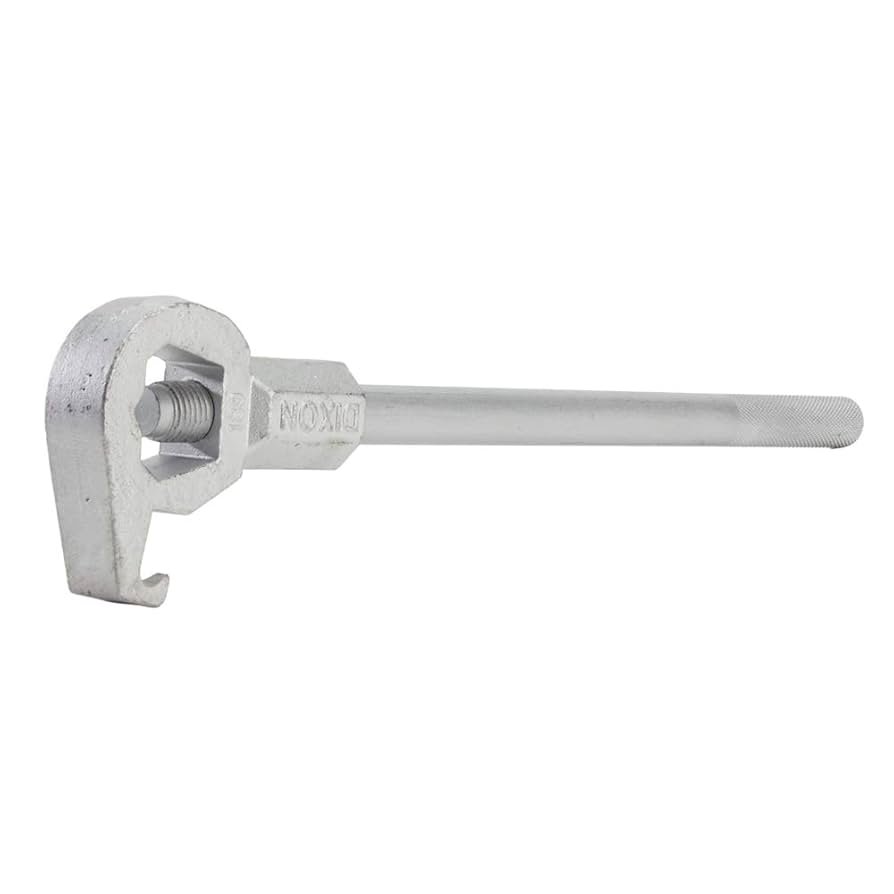 Maintenance and Storage
Maintenance and Storage
Proper maintenance and storage are essential for fire hydrant wrenches. These practices help prolong their lifespan and ensure reliable performance in emergencies. By caring for your wrench, you avoid premature wear or corrosion.
Proper Cleaning Techniques
- Remove Dirt and Debris: Wipe off any dirt or residue after each use. Use a clean cloth or soft brush. This prevents buildup that might affect performance.
- Wash with Mild Solutions: Use mild soap and water for thorough cleaning. Avoid abrasive or strong chemicals that can damage the material.
- Dry Thoroughly: Always ensure the wrench is completely dry before storing it. Moisture can cause rust to form.
- Apply Protective Coating: Use machine oil or anti-corrosion sprays to protect metal surfaces. This adds a layer of protection against rust.
- Inspect Regularly: Check for cracks, bends, or deformed parts during cleaning. Address issues promptly to avoid long-term damage.
Safe Storage Practices
- Store in a Cool, Dry Place: Avoid areas with excessive humidity or temperature fluctuations. These conditions can weaken materials over time.
- Use Protective Cases: If available, store wrenches in cases or toolboxes. This minimizes exposure to dust and external impacts.
- Avoid Overloading Storage Areas: Do not pile heavy tools on the wrench. This can cause bending or dents.
- Hang or Place Securely: Use wall mounts or designated tool racks to prevent misplacement or unnecessary wear.
- Separate from Chemicals: Keep the wrench away from corrosive substances. These can damage coatings or corrode metal parts.
These cleaning and storage steps ensure your fire hydrant wrench remains functional and ready for use. Regular care adds safety and efficiency to emergencies or maintenance tasks.
Frequently Asked Questions
Can I use a regular wrench instead of a fire hydrant wrench?
No, standard wrenches don’t fit the pentagon-shaped valve. Only a fire hydrant wrench works.
Are all fire hydrant wrenches the same size?
No, sizes vary by region. Check local hydrant specifications before buying.
Where should I store the fire hydrant wrench on the truck?
Keep it in an easily accessible, labeled compartment near other hose tools.
How often should I inspect my fire hydrant wrench?
Inspect it monthly and after every use for damage or wear.
Can civilians own a fire hydrant wrench?
Yes, but using it on public hydrants without authorization is illegal.
What should I do if the valve won’t turn?
Stop forcing it. Report the issue to your supervisor for professional assessment.
Is it safe to modify a fire hydrant wrench?
No, modifications weaken the tool and may violate safety standards.
Can I use the wrench in freezing temperatures?
Yes, but check for ice blockage inside the hydrant first.
Do fire hydrant wrenches require calibration?
No, but they need regular visual and functional checks.
How do I report a broken hydrant or tool?
Contact your department’s maintenance unit or local water authority immediately.
 Final Thoughts
Final Thoughts
A fire hydrant wrench is more than just a tool—it’s a lifeline in emergencies. From firefighting to infrastructure upkeep, its role is essential. Choosing the right model, using it properly, and maintaining it ensures peak performance. Departments must train personnel and conduct regular equipment reviews. Communities benefit when responders act swiftly and safely. While simple in design, the fire hydrant wrench demands respect and care. Every firefighter should know how to use one confidently. Moreover, public awareness helps prevent misuse and theft. When disaster strikes, preparedness makes all the difference. Having a working fire hydrant wrench on hand can save property and lives. Therefore, never underestimate this small but powerful device. Remember, when every second counts, a fire hydrant wrench gets the job done.
